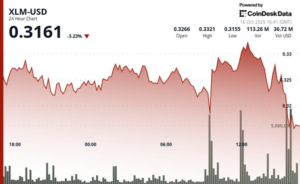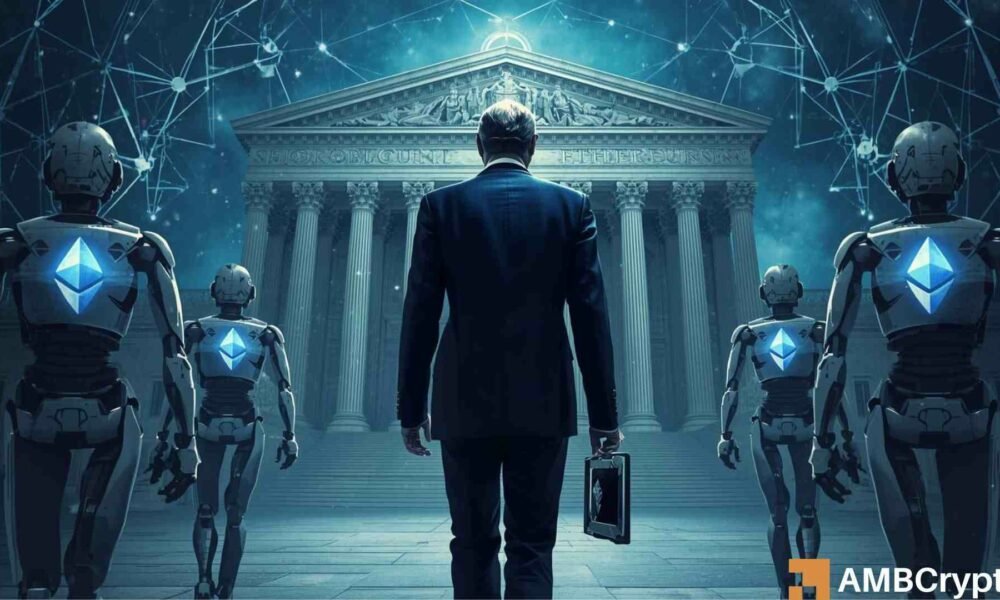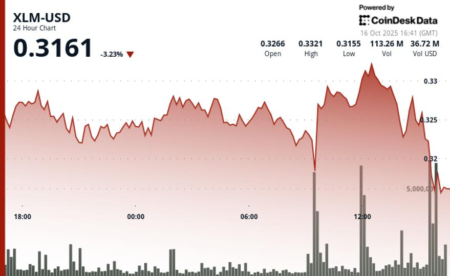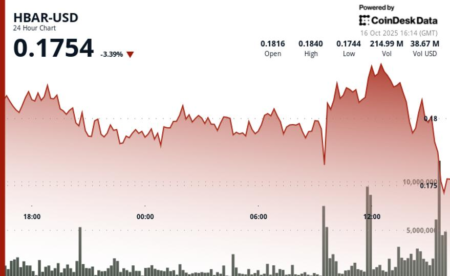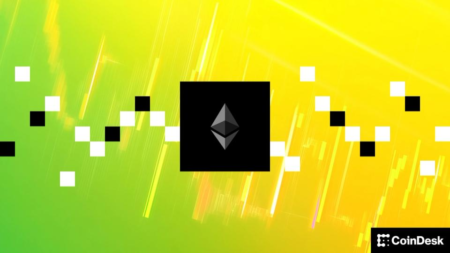The Indictment of the Peraire Brothers: A Landmark Case in Crypto Regulation
The crypto world is abuzz with the high-profile indictment of Anton and James Peraire, two brothers accused of exploiting the Ethereum blockchain to the tune of $25 million. This case, set to unfold in a courtroom soon, not only holds significant implications for the brothers but also for the broader landscape of cryptocurrency regulation, specifically focusing on Maximal Extractable Value (MEV) bots. Understanding the intricacies of this case is crucial for individuals and entities invested in cryptocurrencies and blockchain technology.
Background of the Case
In May 2024, the Peraire brothers were indicted on serious charges that highlight a novel approach to alleged fraud within the blockchain ecosystem. They are accused of engaging in a scheme that reportedly compromised the very integrity of the Ethereum blockchain. The U.S. Department of Justice (DoJ) claims that the brothers leveraged MEV bots to manipulate transactions, doing so in a manner that allegedly allowed them to extract $25 million in cryptocurrency in a mere 12 seconds. The immediate financial gains were reportedly funneled through various crypto addresses, including offshore exchanges, raising red flags about their intentions.
The charges brought against the brothers include wire fraud, conspiracy to commit wire fraud, and money laundering, with the DoJ labeling this as the "first criminal case involving an attack on blockchain integrity." The gravity of these allegations underscores the potential for an evolving regulatory framework that might shape the future of cryptocurrency trading and transaction methodologies.
What are MEV Bots?
Maximal Extractable Value (MEV) bots are automated systems used in the Ethereum network to gain financial advantages through transaction manipulation. They function primarily by reordering or inserting transactions within blocks for gain—typically via strategies like front-running or arbitrage. In theory, MEV can enhance miner and validator rewards while also providing a stabilizing influence on prices during volatile market conditions. Some even argue that a marketplace exists for these activities, suggesting an ecosystem where such strategies are acceptable.
However, the prosecutors argue that the Peraire brothers misused their knowledge of MEV technology to benefit themselves at the expense of others. The alleged fraudulent actions are framed as a manipulation of the Ethereum network, reflecting a much darker side to what could otherwise be seen as a sophisticated trading technique.
Prosecutor’s Arguments
The prosecution is asserting that the brothers operated a “novel scheme” intending to defraud numerous victims involved in the Ethereum ecosystem. During the trial, the DoJ intends to present evidence showing how the brothers exploited pending transactions—essentially a breach of trust within the blockchain community. According to the prosecution, this manipulation caused significant financial losses for other users, a point that they believe makes a compelling case for the legality of MEV practices.
In addition, by shifting funds to various accounts, including those on offshore exchanges, the brothers allegedly aimed to obscure their actions. This aspect of the case could play a pivotal role in establishing whether the brothers acted maliciously or were simply playing in a competitive market governed by complex algorithms and automated systems. The implications are vast; if the court sides with the prosecution, it could force changes in how MEV is perceived and regulated.
Defense Position
Defending against these serious allegations, the Peraire brothers’ legal team argues that no fraud was committed. They contend that their actions were part of a competitive trading landscape wherein victims were simply outsmarted by "predatory" automated trading bots. This defense raises critical questions: Can the actions of MEV bots be classified as fraudulent if they operate within the confines of existing market practices? Additionally, the defense team suggests that labeling these strategies as fraudulent could stifle innovation in the burgeoning field of automated trading within cryptocurrency.
This perspective adds layers of complexity to the ongoing conversation about the legality and ethicality of MEV bots. As the legal proceedings unfold, they may illuminate whether these strategies are legitimate economic practices or methods that undermine the trust and security fundamentally required for blockchain systems.
Broader Implications for Ethereum and Blockchain Technology
The case against the Peraire brothers is poised to set significant precedents regarding the legal status of MEV bots and related practices within the Ethereum network. The outcome may establish guidelines that either support the ongoing use of these technologies or initiate regulatory responses that curtail their application. As the trial progresses, observers are keen to see how it influences broader regulatory discussions surrounding blockchain technology.
For the cryptocurrency community, particularly Proof-of-Stake (PoS) enthusiasts, clarity regarding MEV bots could serve as a double-edged sword. On one hand, a ruling in favor of their usage could encourage further innovations and adaptations within decentralized finance (DeFi). On the other, a verdict that establishes stringent regulations could deter future investments and technological advancements, impacting user confidence and market stability.
Conclusion
As the trial of Anton and James Peraire unfolds, the world watches closely, not just for the fate of the brothers but for the potential ripple effects throughout the cryptocurrency landscape. This case exemplifies the challenges of navigating uncharted territory—a space where technology and law intersect, creating unique complications for regulators, businesses, and consumers alike. The outcome could provide much-needed clarity within the crypto ecosystem and lay the groundwork for future legal frameworks governing blockchain technology, especially concerning MEV bots and their role within decentralized networks. Whether the verdict will treat these automated systems as tools for innovation or as instruments of manipulation remains to be seen, but one thing is certain: the implications of this landmark case will resonate throughout the crypto community for years to come.
